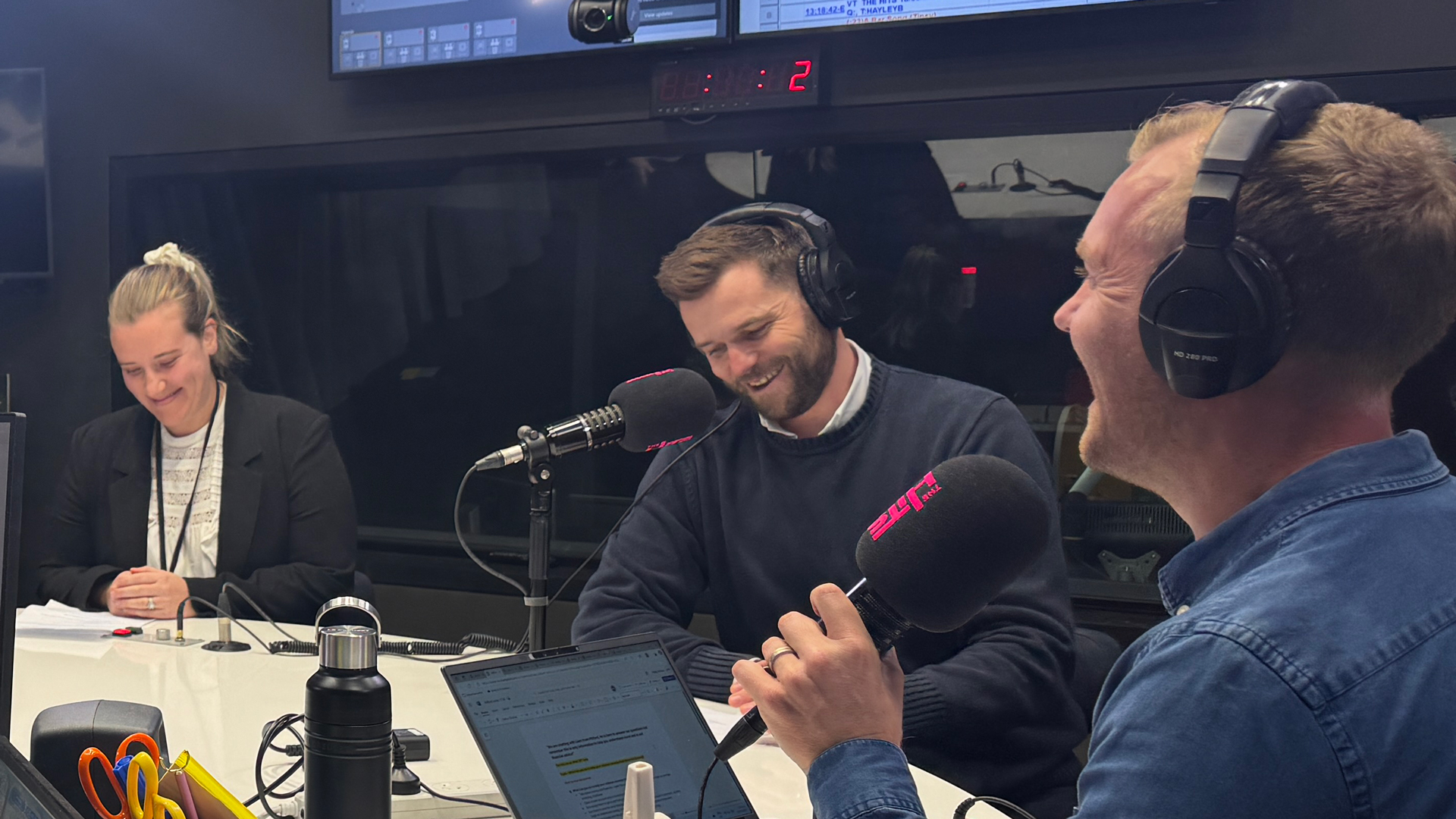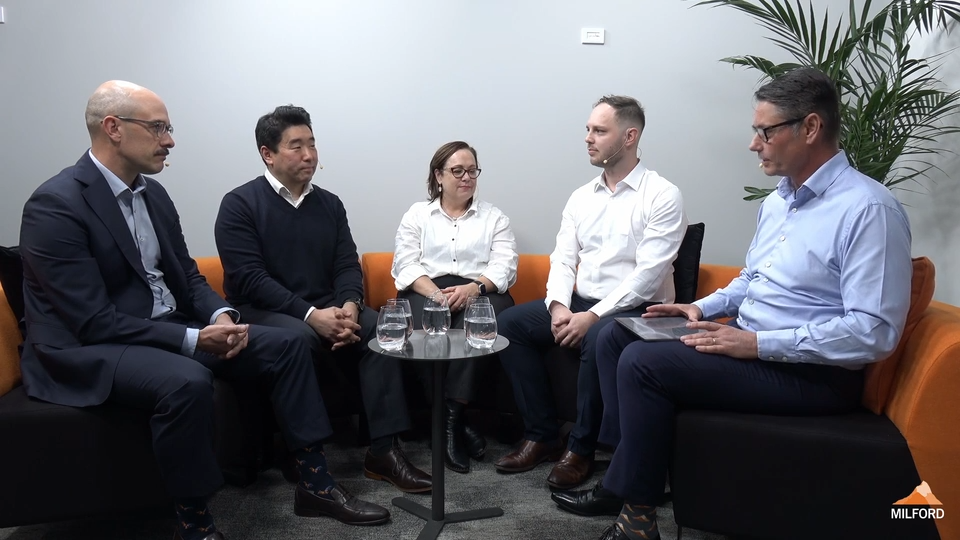This article originally appeared in the NZ Herald.
McGrathNicol’s statutory report into the collapse of Dick Smith, which was released this week in Australia, is an extremely disappointing document.
Creditors have lost an estimated A$260 million ($277m) and shareholders A$344.5m. This is a combined loss of approximately A$604m yet no individual or group of individuals has been held responsible.
Most of the company’s 3224 employees have lost their job, including 446 New Zealanders, yet the private equity firm that drove the company’s growth strategy has walked away with a cash profit of approximately A$440m.
The Dick Smith debacle demonstrates once again that shareholders and unsecured creditors should be extremely careful when dealing with companies that have had private equity shareholders.
Dick Smith was founded by Australian entrepreneur Richard “Dick” Smith in Sydney in 1968. Woolworths acquired a 60 per cent stake in 1981 and the remaining 40 per cent two years later.
In November 2012 Anchorage Capital Partners, a turnaround-focused private equity firm, purchased Dick Smith from Woolworths. The purchase price was A$94m after working capital adjustments of A$21m.
Private equity disclosure is notoriously poor but it appears that Anchorage supplied only A$23m of the purchase price with the remaining A$71m sourced from Dick Smith’s balance sheet.
A year later, in November 2013, Dick Smith issued a prospectus for the sale of shares to the public at A$2.20 each. The company raised A$344m from the public, with the public purchasing 156.6m shares or 66.2 per cent of the company.
The other shareholders after the IPO were as follows:
- Anchorage 20.0 per cent.
- CEO Nick Abboud 6.5 per cent.
- Other management 5.0 per cent.
- Bill Wavish 2.3 per cent.
Wavish, who was born and raised in Auckland, was a director of Dick Smith and is currently chairman of Bendon and New Zealand Warriors.
Dick Smith, rather than Anchorage, paid the IPO costs of A$22.3m and the private equity firm received a payment of A$358m from the newly listed company in consideration for its 80 per cent shareholding.
Thus, in just over 12 months Anchorage turned the A$23m it paid for Dick Smith into cash of A$358m. It continued to own 47.3 million Dick Smith shares, or 20 per cent of the ASX-listed company, which were worth just over A$104m at the A$2.20 a share IPO price.
What did Anchorage do to deserve this massive profit in such a short period of time?
Dick Smith listed on the ASX on December 4, 2013 with a hiss and a roar. Trading opened at A$2.28, compared with the A$2.20 IPO price, and 64.1m shares — out of a public offering of 156.6m shares — were traded on the first day. The share price reached an all time high of A$2.38 in September 2014.
The net profit after tax for the June 2014 year was slightly ahead of forecast although there had been a substantial increase in inventory, from A$171m in June 2013 to A$254m, and in trade payables, from A$74m to A$217m. In other words, its trade suppliers were funding its growth strategy.
One of the most disturbing aspects of the Dick Smith saga was Anchorage’s release to the ASX on August 18, 2014 containing the following statement: “We are writing to inform you that in light of the recent trading results and our positive view of the company’s future prospects, we currently have no intention of selling at the prevailing market price.”
Dick Smith’s share price, which was A$1.96 before Anchorage’s August 18 announcement, shot up to its all time high of A$2.38 on September 11. On September 19, Anchorage sold its entire 20 per cent shareholding for A$105m or A$2.22 a share.
Thus, the private equity firm had turned its A$23m investment into A$463m of cash. Dick Smith’s share price went steadily downhill from that date.
Chairman Phil Cave, who was a founding partner of Anchorage, resigned from Dick Smith’s board in February 2015 and Bill Wavish retired a month later.
On January 4, 2016 the Dick Smith board placed the company into voluntary administration and its shares are now worthless.
Chairman Rob Murray released the following statement on January 4: “Sales and cash generation in December were below management expectations, continuing a trend experienced during 2Q/2016. The company explored alternative funding, however the directors formed the view that any success in obtaining alternative funding would not have been sufficiently timely to support short-term funding requirements and allow the company to order required inventory during the next four to six weeks.”
This week’s statutory report concluded: “Dick Smith grew its store network during FY14 and FY15. This required a significant investment in inventory, capital expenditure and resultant accumulation of creditors and borrowings. Although Dick Smith reported profits, its growth required considerable financial commitment, during a period when Dick Smith was losing market share.”
“The competitive electronics environment resulted in tightening credit terms, the need for major inventory impairment, and significant cash pressure in late FY16. Increased borrowings and new finance facilities were required and ultimately Dick Smith could not operate within the terms of those facilities.”
McGrathNichol noted that Dick Smith had losses of A$116.7m for the six months to December 2015 and “cash pressure was evident from late November 2015”.
The report essentially exonerated directors, management and shareholders from any blame with the possible exception of dividend payments, particularly the 5c a share paid in September 2015. McGrathNichol raised the question whether the latter dividend was inappropriate as it could have materially prejudiced the ability of the company to pay creditors.
Although the Australian report is extremely disappointing there are a number of important lessons for investors from the Dick Smith debacle.
These include:
- Be extremely careful about investing in a company which has been acquired by a private equity firm that mainly used the balance sheet of the acquired company to fund its purchase. This is a similar situation to the purchase of Tranz Rail by the Fay, Richwhite consortium in the 1990s.
- Be particularly skeptical of an IPO where the directors are promoting a strong growth strategy yet all of the IPO proceeds are going to existing shareholders.
- Be wary of IPOs with high issue costs, particularly when all the proceeds are going to existing shareholders. Dick Smith IPO costs were A$22.3m, represented 6.5 per cent of the A$344.5m capital raised. By comparison, the Crown sold $760 million worth of Genesis Energy shares with issue costs of $29.0 million or 3.8 per cent of the funds raised. Genesis paid only $11.6 million of these costs with the Crown, the selling shareholder, paying the remaining $17.4 million.
- Follow what major shareholders do, rather than what they say. Anchorage told the ASX on August 18, 2014 that it did not intend to sell its shares at the prevailing price yet less than five weeks later the private equity firm sold its entire holdings.
The Dick Smith IPO demonstrates that there can be huge risks associated with these capital raisings.
The majority of companies raise capital through IPOs to grow their business and investors should be particularly careful of new floats where all or most of the proceeds go to existing shareholders, particularly if these shareholders are private equity firms without a proven record of successfully sharemarket listings.
Brian Gaynor
Portfolio Manager
Disclaimer: This article originally appeared in the NZ Herald and is intended to provide general information only. It does not take into account your investment needs or personal circumstances and so is not intended to be viewed as investment or financial advice. Should you require financial advice you should always speak to an Authorised Financial Adviser.


